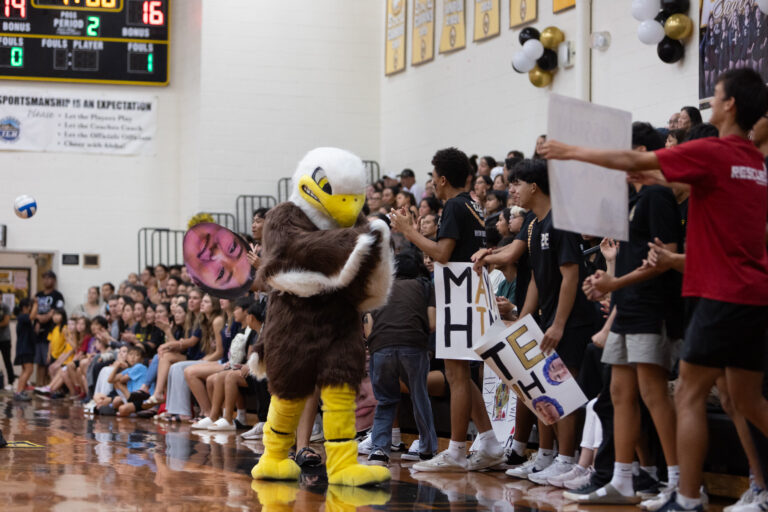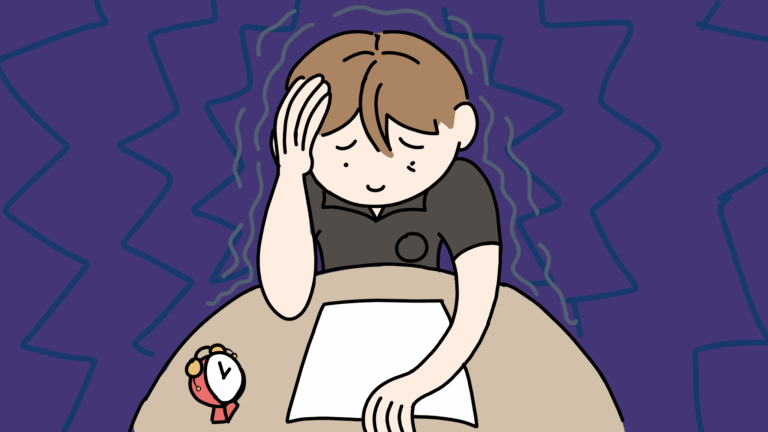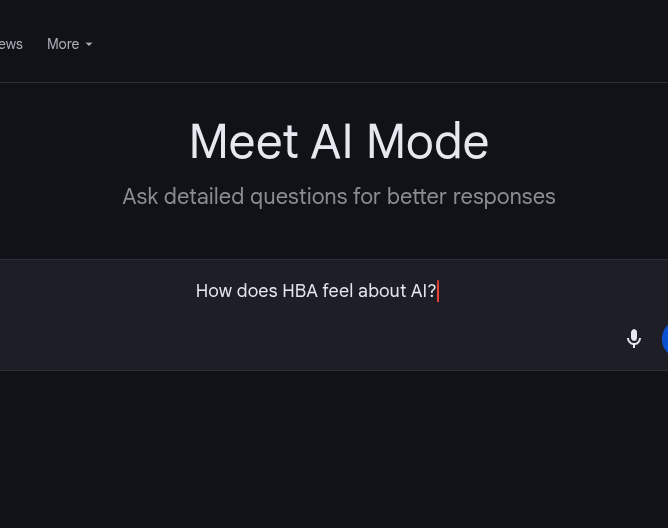Hello there! Welcome to my blog. I am currently a freshman at Hawaii Baptist Academy and astronomy has become one of my favorite hobbies in the past year.
It all started back in my eighth grade science class with Mr. Jordan Yasutomi. During a unit on astronomy, we learned about the basics of our Solar System and ended it with a star party at HBA with the help of the Hawaiian Astronomical Society (HAS). HAS is a group of amateur astronomers in Hawaii that helps to educate the public about astronomy.

Since then I have been hooked onto everything about astronomy and want to share my knowledge with others. I am now a member of HAS and attend monthly star parties with the club at various locations around the island. A couple months after I joined HAS, my parents bought me my first telescope, a four inch tabletop model, which provided me with great views of the moon and planets for a just a hundred dollars. Eventually I succumbed to purchasing a much bigger and better telescope from a member in the club. The eight inch mirror in this telescope is twice as big as the one in my tabletop telescope and provides much better views of the solar system and deep sky objects.
Omega Centauri
One of my favorite objects to view because of its immense size is a deep sky object called Omega Centauri, also known as NGC 5139 or Caldwell 80. It’s a globular cluster located in our own Milky Way Galaxy in the constellation of Centaurus. It’s 15,800 light years away which means that it will take 15,800 years traveling at the speed of light to get there. A globular cluster is a spherical collection of stars that are tightly bound together by gravity that gives them very high stellar densities toward their center. Omega Centauri is among the largest of globular clusters holding over 10 million stars.

Our Moon
For first timers, one of the best objects to view in the night sky is the moon. It is the closest celestial object to earth and the second brightest. Plus, you don’t even need a telescope to see it. In Hawaii’s clear skies, you can spot a few craters and maria, which are the dark spots on the moon that were formed by volcanic eruptions. But, if you can get your hands on a pair of binoculars it would provide a much clearer view. Did you know that we never see the back side of the moon? The moon and the earth both have the same rotational period. If the moon did not spin at all, then it would eventually reveal its backside to earth. But since it rotates at the same speed around earth, the same portion of the moon is always facing the earth. In 1959, the Luna 3 Probe gave us our first view of the back side of the moon.

Anyways, I hope you enjoyed my first post on this Astronomy blog. Check back soon for my next post about constellations.






